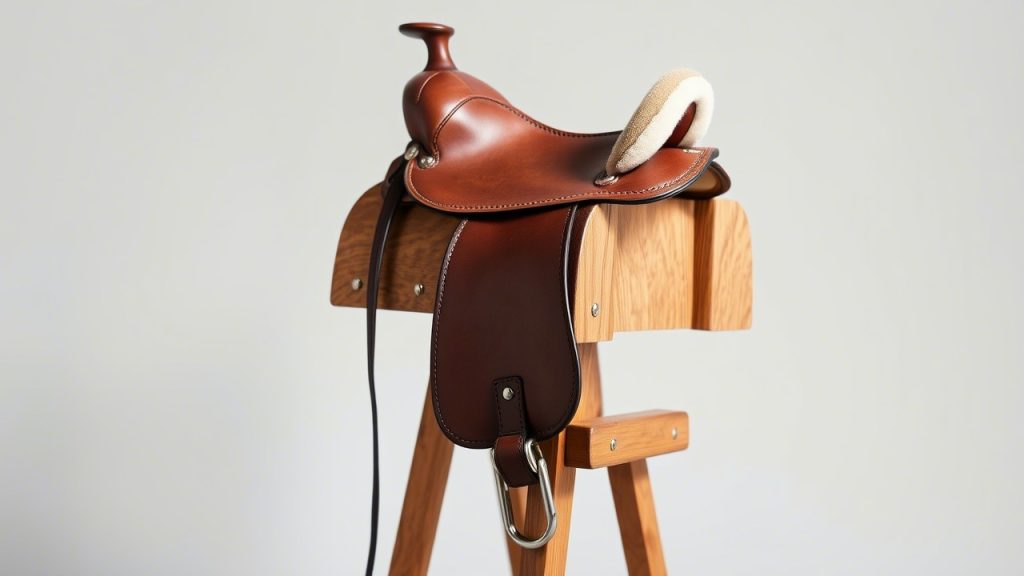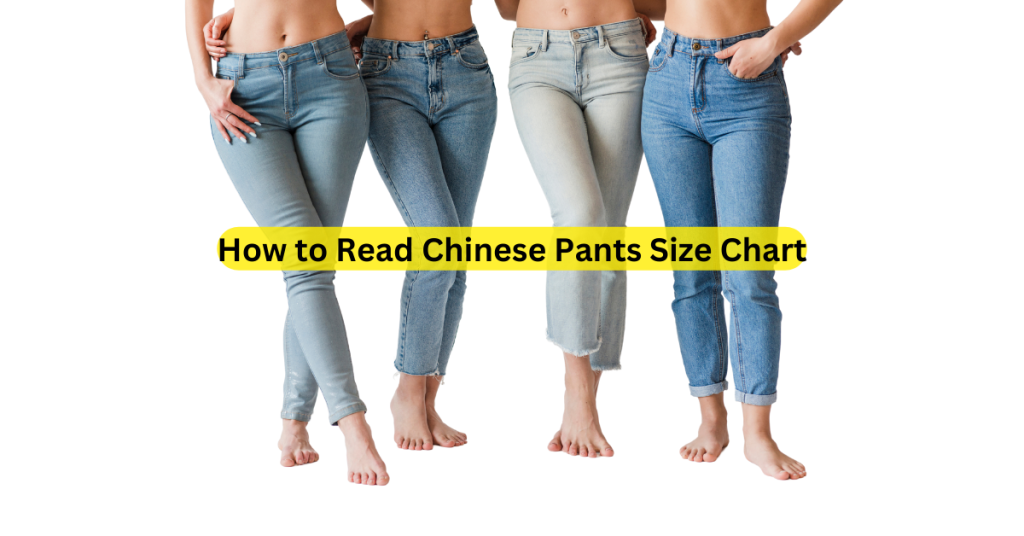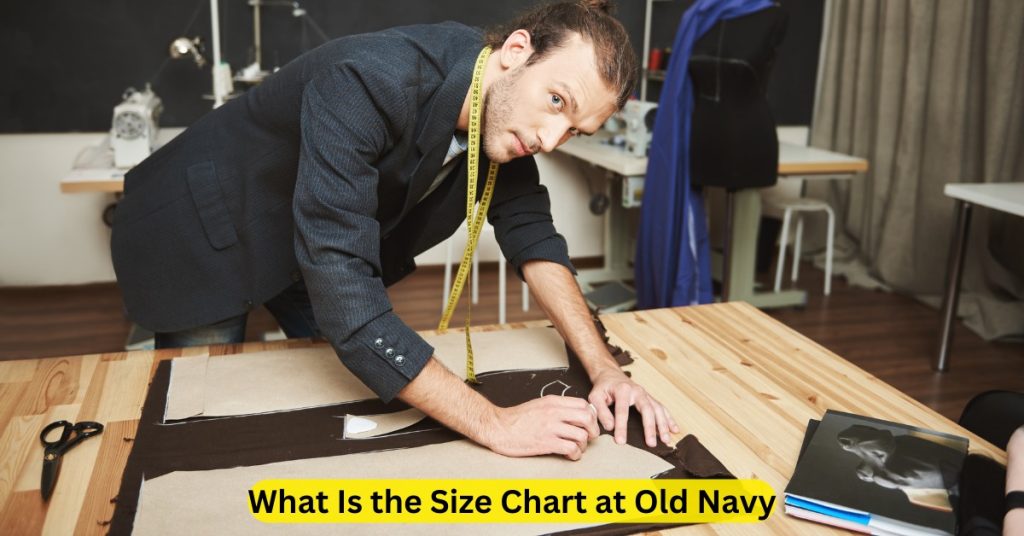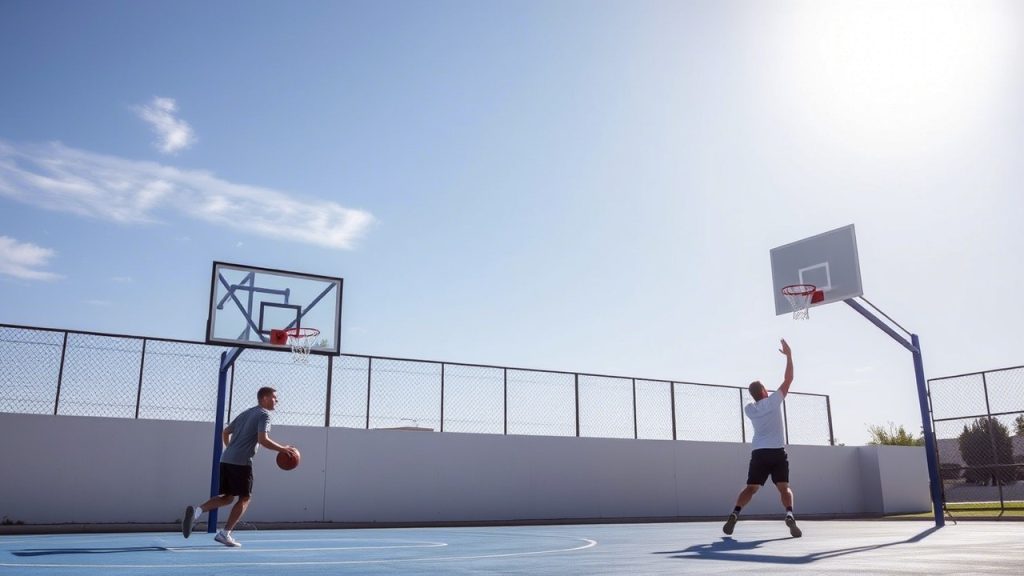When it comes to horse riding, nothing is more important than the right saddle. Whether you’re a beginner or a seasoned equestrian, the saddle you use can drastically affect your riding posture, comfort, and most importantly—your balance. If you want to boost your riding balance in just 30 days, this comprehensive guide to the 12 best horse riding saddles will help you choose the perfect match for your riding style and body type.
Let’s break down the best saddles for balance, comfort, and performance plus answer the 10 most frequently asked questions at the end.
Why Rider Balance Matters in Horse Riding
Before diving into our list, it’s essential to understand why balance is critical in horseback riding. Balance impacts:
- Control over your horse
- Your horse’s comfort
- Injury prevention
- Your ability to perform advanced techniques
The right saddle improves your posture, aligns your spine and pelvis, and distributes your weight evenly—all of which contribute to greater balance and confidence in the saddle.
How the Right Saddle Can Improve Balance in 30 Days
With consistent riding and the right equipment, most riders experience noticeable improvements in:
- Core engagement
- Hip mobility
- Seat position
- Weight distribution
Choosing the right saddle can help accelerate this process. Let’s explore the top 12 saddles designed for boosting rider balance.
12 Best Horse Riding Saddles to Boost Rider Balance in 30 Days
1. Wintec 500 All-Purpose Saddle
Best for: Beginners and multi-discipline riders
Wintec’s 500 model features an ergonomic design that offers superb grip and seat support. Its CAIR Cushion System absorbs shock and encourages better posture, which helps with rider balance.
✅ Pros:
- Lightweight
- Weatherproof
- Adjustable gullet system
❌ Cons:
- Less “traditional” feel due to synthetic material
2. Bates All-Purpose Saddle with CAIR
Best for: Intermediate riders looking for advanced features
The Bates All-Purpose Saddle has a deep seat and ergonomic stirrup bars that encourage a balanced position. It also features the CAIR cushion and EASY-CHANGE gullet system.
✅ Pros:
- Customizable fit
- Helps develop a centered seat
- Great for jumping and flatwork
❌ Cons:
- Pricey for beginners
3. Pessoa Gen X Elita II Saddle
Best for: Jumping and English riders
This saddle offers a flatter seat which encourages an active, forward position—ideal for riders looking to enhance balance in jumping disciplines.
✅ Pros:
- Close contact feel
- Calfskin seat for grip
- Adjustable knee blocks
❌ Cons:
- Not suitable for dressage
4. Stubben Genesis Dressage Saddle
Best for: Dressage riders focused on posture and alignment
Stubben’s Genesis is known for its deep seat and high cantle that stabilizes the rider’s pelvis. This helps improve balance, especially in sitting trot and collected movements.
✅ Pros:
- Unparalleled craftsmanship
- Helps riders sit deeper
- Great leg support
❌ Cons:
- Not suitable for jumping
5. Circle Y High Horse Daisetta Trail Saddle
Best for: Trail riders seeking comfort and balance
This Western trail saddle supports an upright seat position with a contoured design. It’s ideal for riders spending long hours in the saddle who want to improve endurance and balance.
✅ Pros:
- Lightweight for a Western saddle
- Secure seat
- Affordable
❌ Cons:
- Less padding than premium options
6. Abetta Serenity Trail Saddle
Best for: Budget-conscious Western riders
This synthetic Western saddle is lightweight and comfortable. It features a padded seat that promotes upright posture and natural weight distribution.
✅ Pros:
- Easy maintenance
- Lightweight
- Affordable
❌ Cons:
- Limited aesthetic appeal
7. Prestige D1 Dressage Saddle
Best for: Professional dressage riders
Used by top-level dressage riders, the Prestige D1 offers unmatched balance support. The deep seat and narrow twist enhance alignment and allow close contact with the horse.
✅ Pros:
- Premium leather
- Anatomically shaped panels
- Excellent weight distribution
❌ Cons:
- Expensive
8. Hilason Treeless Endurance Saddle
Best for: Endurance riders and horses with difficult backs
This treeless saddle molds to both horse and rider. Without a rigid tree, the rider naturally adjusts their seat, improving balance through body awareness.
✅ Pros:
- Lightweight
- Flexible fit
- Great for trail and endurance riding
❌ Cons:
- May feel unstable at first for beginners
9. Thorowgood T8 Compact GP
Best for: Short-backed horses and petite riders
The Thorowgood T8 is designed for smaller riders who need to maintain balance on compact horses. It combines leather and synthetic materials for a balance of grip and flexibility.
✅ Pros:
- Adjustable gullet
- Secure, grippy seat
- Lightweight
❌ Cons:
- Not ideal for very tall riders
10. Henri de Rivel Lumina Close Contact Saddle
Best for: Hunters, jumpers, and balanced flatwork
This well-balanced saddle promotes close contact and effective weight distribution. Its supportive design is ideal for riders refining their two-point and seat transitions.
✅ Pros:
- Budget-friendly
- Secure knee blocks
- Balanced tree structure
❌ Cons:
- Leather quality could be better
11. Tucker Horizon Wanderer Trail Saddle
Best for: Long-distance Western riders
The Tucker Horizon series includes gel-cushion technology for rider support and weight stabilization. It’s built for trail riding but offers support like a dressage saddle.
✅ Pros:
- Excellent shock absorption
- Deep, supportive seat
- Durable leather
❌ Cons:
- Heavy
12. Albion K2 Jump Saddle
Best for: Eventers and jumping riders
With its forward-cut flap and deep seat, the K2 offers riders a secure, balanced platform to move fluidly with their horse. It’s particularly good for building strength and symmetry in your seat.
✅ Pros:
- Premium craftsmanship
- Great leg positioning
- Ideal for competition
❌ Cons:
- High price point
How to Choose the Best Saddle for You
Here are the main factors to consider when selecting a saddle to improve your riding balance:
1. Riding Discipline
Dressage saddles differ greatly from jumping or trail saddles. Choose a saddle made for your primary discipline to get the most balanced results.
2. Fit for Horse and Rider
Improper fit can cause back pain—for both you and your horse. Work with a saddle fitter to ensure proper size, tree width, and panel shape.
3. Seat Depth and Shape
A deep seat encourages a secure pelvis and aids in balance. A flatter seat offers freedom for jumping or quick movements.
4. Stirrup Bar Position
Ergonomically placed stirrup bars help align your legs and promote better body mechanics.
5. Materials and Padding
Synthetic saddles are lighter, while leather saddles offer better grip. Look for foam or gel padding for additional comfort and support.
Tips to Boost Balance in the Saddle (Besides the Saddle Itself)
Even the best saddle won’t work alone. Combine your gear with these strategies:
- Practice no-stirrup work
- Strengthen your core (planks, yoga, Pilates)
- Ride with a lunge line for posture correction
- Get regular riding lessons for feedback
- Stretch your hips and lower back before and after rides
Frequently Asked Questions
1. How do I know if a saddle improves my balance?
You should feel more secure, upright, and centered. There will be less sliding or tipping forward/backward. A good sign is improved posture with less effort.
2. Are treeless saddles good for balance?
Yes, but they require strong core muscles. Treeless saddles offer flexibility and force the rider to engage their seat more actively.
3. Can saddle fit affect horse behavior?
Absolutely. A poorly fitting saddle can cause pain, leading to resistance, bucking, or lameness. A balanced saddle improves your horse’s comfort and responsiveness.
4. What’s better for balance: deep seat or flat seat?
It depends on the discipline. Deep seats offer more stability; flat seats allow freedom of movement. For beginners, a deep seat often helps more.
5. How often should I replace my saddle?
With proper care, a quality saddle can last 10–20 years. Replace when the tree is damaged or when it no longer fits you or your horse.
6. Do saddle pads help with balance?
Not directly, but they can improve saddle fit. A well-fitted pad can enhance comfort, which allows you to ride more effectively.
7. Is synthetic or leather better for balance?
Both can offer good balance. Leather offers better grip and conforms over time. Synthetic saddles are lighter and often easier to maintain.
8. Should beginners use Western or English saddles for balance?
Western saddles offer more surface area and support, making them great for beginners. English saddles, however, teach you to rely more on your seat and core.
9. Can I improve my riding balance without changing saddles?
Yes, through targeted exercises and training. But the right saddle can make the process faster and more comfortable.
10. How much should I spend on a balance-friendly saddle?
Expect to invest between $500–$3000 depending on your needs. Mid-range saddles ($800–$1500) often offer the best value for balance and comfort.
Final Thoughts: Ride Better in 30 Days
Improving your riding balance starts with awareness, consistent practice, and the right saddle. Whether you’re on the trail, in the arena, or training for competition, these 12 saddles can help stabilize your position, build your confidence, and transform your riding experience.
If you want to ride with better balance in 30 days, investing in the right saddle is a great place to start.





